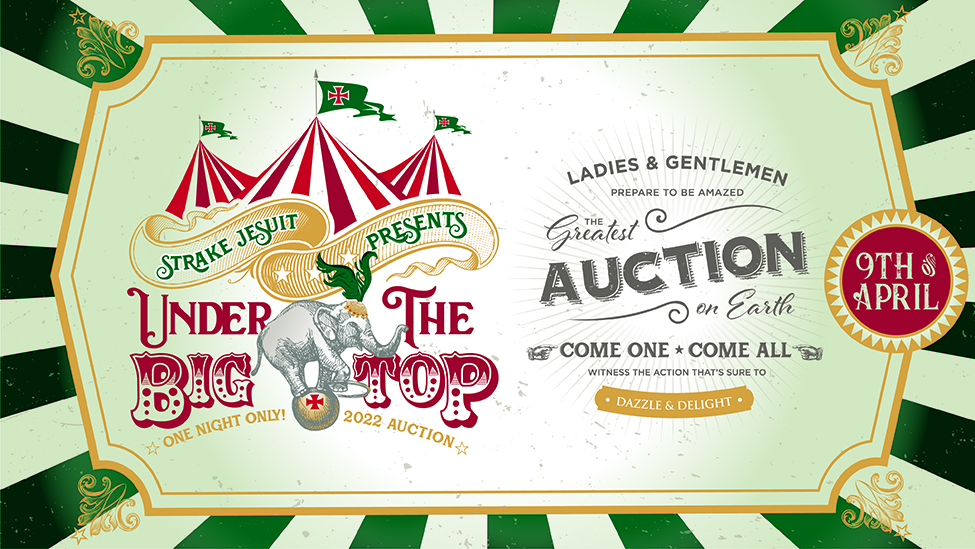Virgen de Guadalupe Cross:
This cross was completed by the artist in the liturgically correct process of traditional iconography. The artist began creating this cross with a prayer. Each time she returned to work on it, she started with a prayer and continued praying and meditating while painting, praying particularly for its future owners and viewers. Upon completing the work, the artist offers a closing prayer.
Each element of an icon has particular symbolic meaning. Traditionally, the thick wooden board is covered with thirty three layers of gesso for the years of Christ’s life and twenty-four carat gold is applied to the halos to represent the passage from the spiritual world to the material. Each color also has specific meaning. Icons are not portraits, the human features are symbolic. Long graceful noses show elegance, wide foreheads portray wisdom, and small lips signify that no words are spoken carelessly. The paint is made by the artist using only elements from God’s creation: egg yolk, white wine, and pure, powdered pigments ground from rocks and precious stones. New paint is created each time the artist returns to work on the icon because the paint dries too quickly to be saved. Icons are never painted with traditional light and shadow shading. The light emerges from within the figure as the paint is applied in layers. Icons are painted in inverse perspective. Instead of one being drawn into the painting, the figures and story of the icon are drawn out to the viewer.
|






